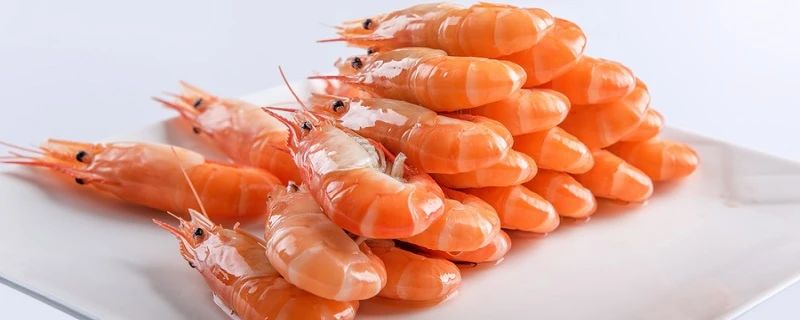How to export seafood to China - shrimp

Cargo description
Shrimp - Arthropoda, crustacea, decapoda, swimming suborder, there are nearly 2,000 species. According to the different production sources, it is divided into seawater shrimp and freshwater shrimp. The main seawater shrimp include penaeus shrimp, red shrimp, brown shrimp, prawns, and pipa shrimp. The main freshwater shrimp include river shrimp, green shrimp, grass shrimp and so on. Usually, seawater shrimp are larger and look stout and darker, while freshwater shrimp are slender and lighter in color. On the whole, the price of seawater shrimp is higher than that of freshwater shrimp, but the taste is also better than that of freshwater shrimp, and the taste is more delicious.

Fresh shrimp are usually frozen quickly and put into cold storage for convenience of preservation after being caught. Therefore, shrimp products exported to China are basically frozen, and the access status of products is mainly frozen.
After the Chinese Customs has assessed and reviewed the food safety management systems and food safety conditions of overseas countries (regions),To determine the list of aquatic products of that country (region) that have been granted access, and publish it on the website of the General Administration of Customs in the form of "Catalogue of Food Imported to China from Countries or Regions that Meet the Requirements for Assessment and Examination and have traditional Trade with China" and the sub-catalogue of "Aquatic Products", the enquiry address is
The General Administration of Customs dynamically updates the catalogue.

In order to ensure that Chinese domestic consumers can eat safe and harmless aquatic products, the Chinese Customs conducts sampling tests on imported aquatic products, and returns or destroys substandard products.
Example 1: Frozen South American white shrimp imported by a company was found by laboratory test to be positive for white spot syndrome virus nucleic acid.
The virus is classified as a Class II infectious disease and parasitic disease in the List of Imported Animal Quarantine Diseases of the People's Republic of China. The virus infects most organs of the shrimp, resulting in systemic necrosis, death within a few days of disease, and mass transmission. Therefore, China pays great attention to the virus to ensure the germplasm resources of Chinese shrimp and the sustainable development of Marine ecological environment, and the unqualified disposal of the goods should be returned or destroyed.
Example 2: The frozen South American white shrimp shrimp imported by a company was found to contain excessive phosphate by laboratory test.
As a food additive, phosphate has the functions of water retention agent, acid-base regulator, stabilizer and leavening agent. The main functions in aquatic products are as follows:
1. Effectively improve the water holding capacity of seafood when thawing, enrich the gravy, reduce the loss of water and nutrients, reduce the weight loss and fiber toughening during cooking;
2. In the process of processing and storage, effectively inhibit the oxidation of fat, extend the shelf life of seafood, and maintain the natural color and flavor of aquatic products;
3. Synergistic effect with sugar to effectively prevent protein denaturation caused by surimi products in low temperature environment.
Phosphate is a common natural ingredient in food, a large amount of intake may lead to excessive phosphate concentration in the body, which will cause certain harm to the human body, including calcium deficiency, stones, and aggravate other diseases. The phosphate content of shrimp products exceeding the standard does not meet the requirements of the "Measures for the Administration of Import and Export Food Safety of the People's Republic of China" (Order 249), and the goods need to be returned or destroyed for unqualified disposal.

In order to protect the rights and interests of Chinese consumers, the Chinese Customs has strict requirements on the packaging and labeling of imported aquatic products. The internal and external packages of imported aquatic products shall have firm, clear and legible signs in Chinese or both English and Chinese or in Chinese and the exporting country (region), indicating the following:
(1) The trade name and scientific name, specifications, production date, batch number, warranty period and storage conditions of aquatic products.
(2) Production methods, including seawater fishing, freshwater fishing, aquaculture.
(3) Production areas, including Marine fishing areas, freshwater fishing countries or regions, countries or regions where aquaculture products are located.
(4) The name, registration number and address of all production and processing enterprises (specific to the state/province/city), fishing vessels (refers to fishing vessels with freezing facilities, processing vessels, transport vessels) can be exempted from the identification address.
(5) The destination must be marked as the People's Republic of China.



